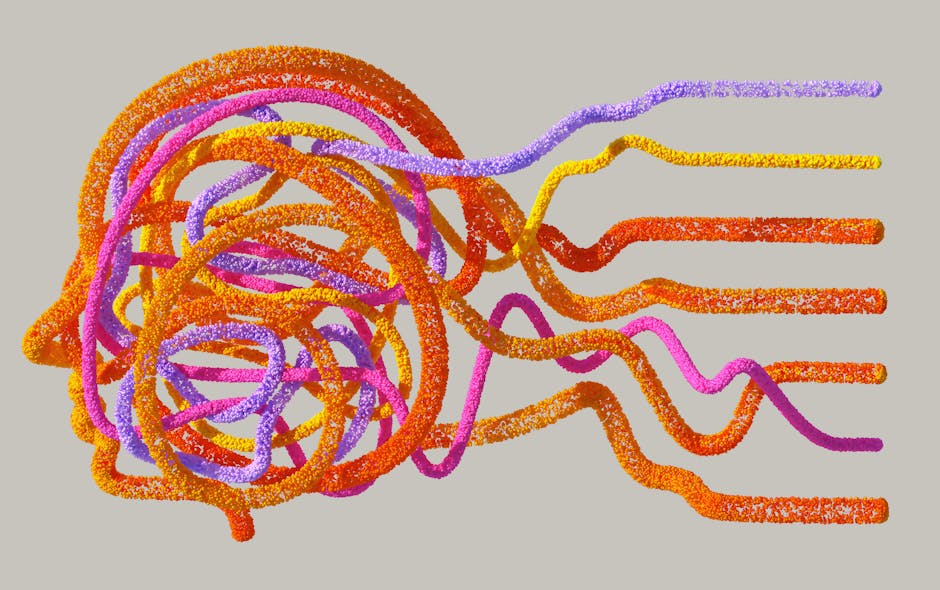Thadingyut, the Festival of Lights, is one of Myanmar’s most cherished and vibrant celebrations. Marking the end of Buddhist Lent, this festival is deeply rooted in spiritual significance and cultural traditions. Central to the festivities is the full moon, which not only illuminates the night sky but also symbolizes enlightenment, gratitude, and unity. As Thadingyut approaches, many are curious about how the full moon plays a pivotal role in the celebrations. Here’s a detailed look at the festival and answers to some frequently asked questions.
What is Thadingyut?
Thadingyut is a three-day festival celebrated on the full moon day of the Burmese lunar month of Thadingyut (usually in October). It commemorates the end of Vassa, the three-month Buddhist Lent, during which monks retreat to their monasteries for meditation and study. According to Buddhist tradition, this is also the time when Lord Buddha descended from the Tavatimsa Heaven after delivering teachings to his mother, who had been reborn there.
How Does the Full Moon Enhance Thadingyut?
The full moon is a cornerstone of Thadingyut, symbolizing enlightenment and the dispelling of darkness—both literal and metaphorical. During the festival, homes, streets, and pagodas are adorned with colorful lanterns, candles, and electric lights, creating a mesmerizing spectacle. The full moon’s radiant light amplifies the festive atmosphere, guiding people as they participate in rituals, prayers, and communal activities.
The moon’s brightness also encourages people to reflect on their spiritual journey, express gratitude to elders, and seek forgiveness for past wrongs. It serves as a reminder of the Buddha’s teachings on compassion, mindfulness, and the path to enlightenment.
Key Traditions of Thadingyut
- Lighting of Lanterns and Candles: Homes, public spaces, and pagodas are illuminated with lights, symbolizing the Buddha’s wisdom and the removal of ignorance.
- Offering Alms to Monks: Devotees offer food, robes, and other necessities to monks as a gesture of gratitude and merit-making.
- Paying Respect to Elders: Younger family members bow before their elders, offering gifts and seeking blessings, while elders reciprocate with words of wisdom and encouragement.
- Festive Performances: Traditional dance, music, and puppet shows are held to celebrate the occasion, bringing communities together.
- Visiting Pagodas: Many people visit pagodas to pray, meditate, and participate in religious ceremonies.
Why is the Full Moon Significant in Buddhism?
In Buddhism, the full moon is considered an auspicious time for spiritual practices. It is believed that the mind is more receptive to meditation and reflection during this phase. The full moon also marks important events in the Buddhist calendar, such as Vesak (Buddha’s birth, enlightenment, and passing) and Magha Puja. During Thadingyut, the full moon serves as a reminder of the Buddha’s teachings and the importance of inner illumination.
Modern Thadingyut Celebrations
While Thadingyut retains its traditional essence, modern celebrations have evolved to include new elements. Urban areas are now adorned with elaborate light displays and decorations, while social media platforms buzz with festive greetings and photos. Families and friends gather for feasts, and communities organize cultural events to keep the traditions alive. Despite these changes, the core values of gratitude, forgiveness, and spiritual reflection remain at the heart of the festival.
The Message of Thadingyut
Thadingyut is a time to celebrate light—both in the physical and spiritual sense. It encourages individuals to let go of negativity, embrace compassion, and strengthen family and community bonds. The full moon’s glow serves as a metaphor for the inner light that guides us toward wisdom and peace.
As Thadingyut approaches, let us take a moment to appreciate the beauty of the full moon and the profound lessons it brings. Whether through lighting a candle, offering alms, or simply spending time with loved ones, every act of kindness and reflection adds to the festival’s enduring legacy.
Thadingyut is not just a celebration; it is a reminder that even in the darkest times, the light of wisdom and compassion can guide us forward.




